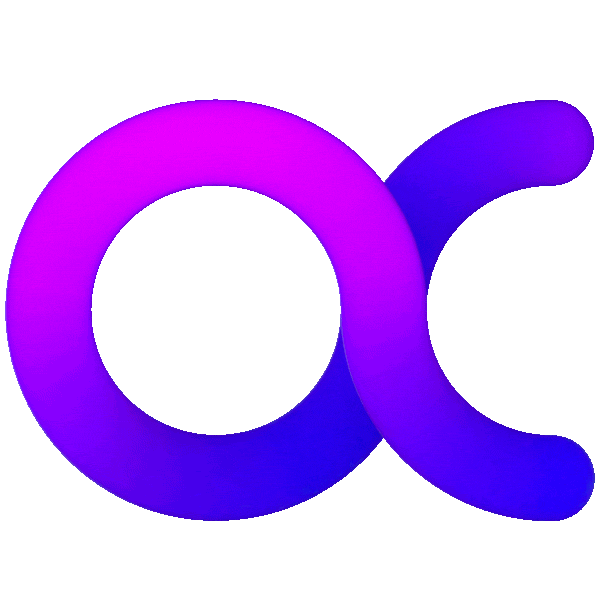Native advertising is a type of advertising that blends in with the content of the platform on which it appears. It is designed to look and feel like the organic content of the platform while also promoting a product or service. Native advertising has been around for a while, but some may argue that it has lost its relevance in recent years. However, I believe that native advertising is still relevant and will remain so in 2024. In this blog, I will explain why.
Firstly, native advertising is a non-intrusive way of advertising. Unlike traditional forms of advertising, native advertising does not disrupt the user experience. Instead, it integrates seamlessly into the platform, making it less likely that users will feel annoyed or frustrated with the ad. This makes it more likely that users will engage with the ad and remember it later. In a world where people are bombarded with ads everywhere they go, native advertising provides a breath of fresh air.
Secondly, native advertising is highly effective. Studies have shown that native ads are viewed 53% more frequently than banner ads and have a click-through rate that is 18% higher. This is because native ads are designed to be relevant to the user. They are based on the user’s interests and behavior, making them more likely to be clicked on. Native ads are also more likely to be shared on social media, which can lead to even more exposure for the brand. In a world where attention spans are getting shorter, native advertising provides a way to capture and retain the user’s attention.
Thirdly, native advertising is a cost-effective way of advertising. Native ads are less expensive than traditional forms of advertising, such as TV commercials or billboards. They can also be targeted to specific audiences, which makes them more efficient. With native advertising, brands can get their message in front of the right people at the right time without breaking the bank. This makes it an attractive option for smaller businesses that may not have a large advertising budget.
Fourthly, native advertising is versatile. Native ads can take many forms, including sponsored articles, videos, social media posts, and more. This means that brands can tailor their native ads to fit the platform they are using and the audience they are targeting. For example, a sponsored article on a news website may be more appropriate for a B2B company, while a social media post may be more appropriate for a B2C company. Native advertising allows brands to be creative and experiment with different formats to see what works best for them.
Finally, native advertising is here to stay. According to eMarketer, native advertising spending in the US is expected to surpass $200 billion by 2024, up from $145.1 billion in 2021. This shows that native advertising is still growing and that brands are continuing to invest in it. As platforms continue to evolve, native advertising will evolve with them. For example, as more people use voice assistants like Alexa and Google Assistant, we may see more native ads in the form of audio ads.
In conclusion, native advertising is still relevant in 2024 and will continue to be so for the foreseeable future. It is non-intrusive, highly effective, cost-effective, versatile, and here to stay. As the advertising landscape continues to change, native advertising will adapt and evolve with it. Brands that invest in native advertising now will be able to reap the benefits for years to come.




